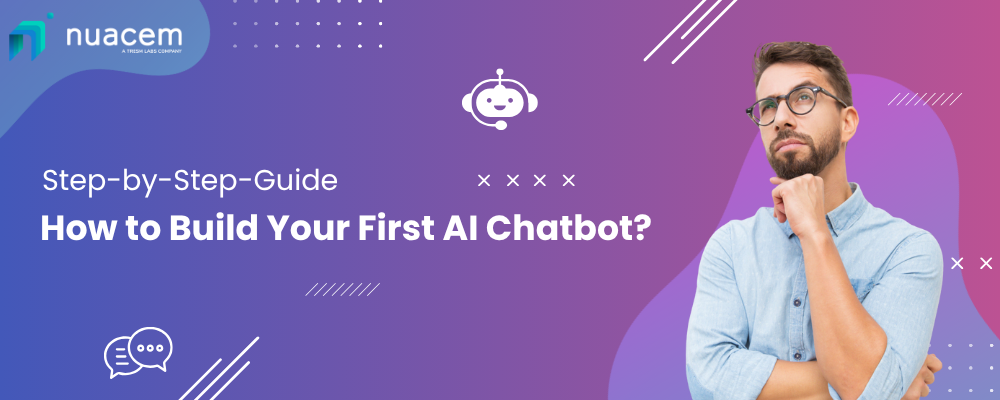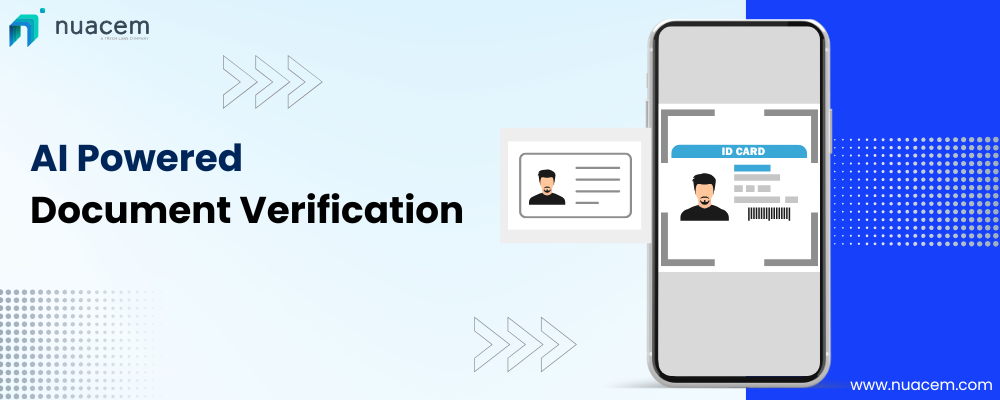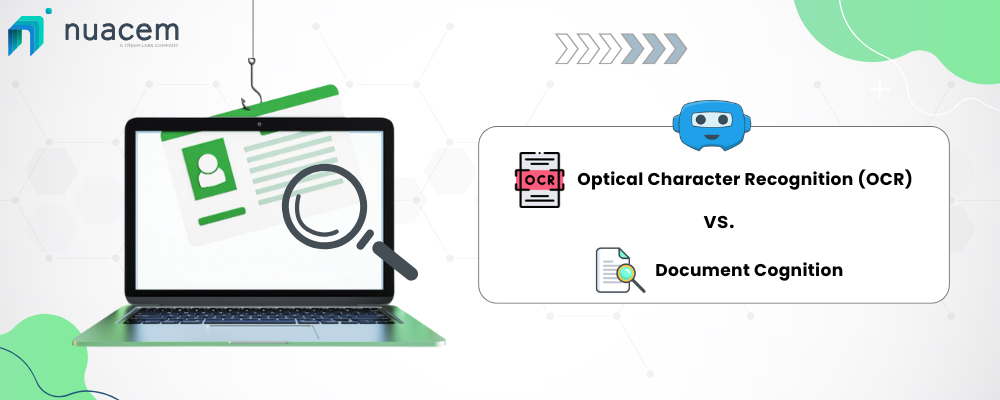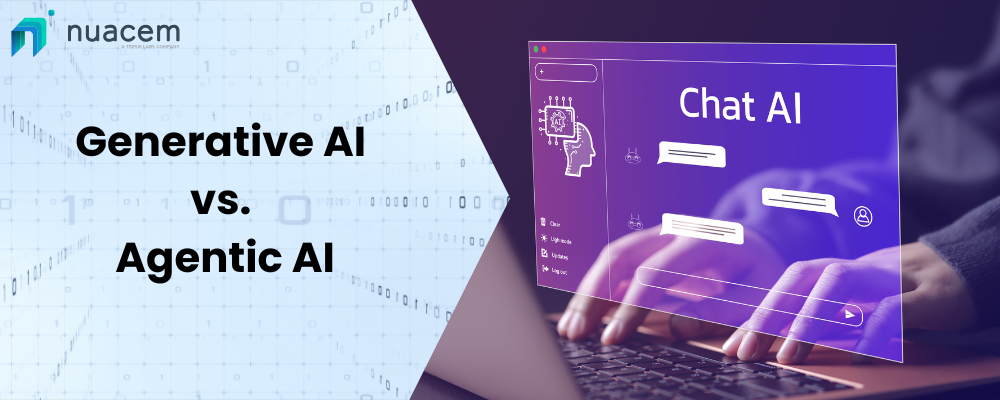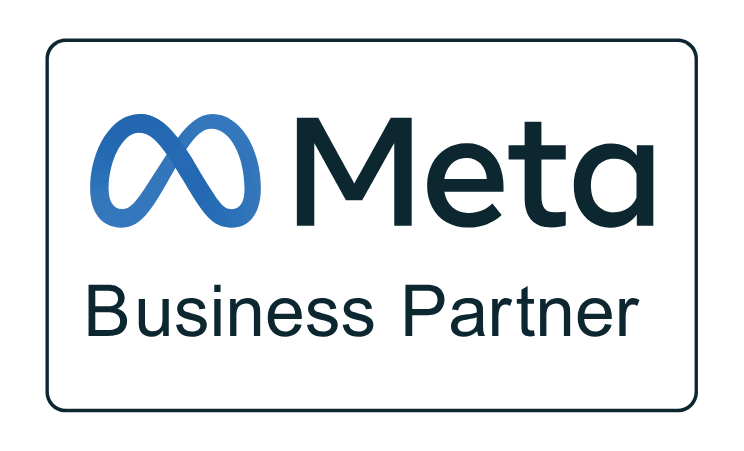Introduction
At present customers expect fast, 24/7 responses from businesses. Whether it is a question about a product, a service request, or support with a transaction, waiting is not an option anymore. That’s where AI chatbots step in.
AI-powered chatbots are helping companies reduce response time, automate repetitive tasks, and improve customer experience — all while saving operational costs. According to a recent study by IBM, businesses can save up to 30% in customer service costs by using conversational AI.
But before diving into chatbot tools and platforms, enterprises need to be strategically ready. Technology alone doesn’t solve problems — preparation does. This blog will help you understand how to prepare your business for chatbot implementation, even if you’re not technical.
Step 1: Identify the Problem You Want to Solve
Start with a simple question: Why do we need a chatbot?
Here are some common answers:
- Too many customer queries and too few support staff
- Repeated questions slowing down the team
- Missed leads on your website or WhatsApp
- Customers expecting quick, 24/7 replies
Once you know the problem, it’s easier to plan your solution. A focused goal like “automate order tracking queries” is better than “we want a chatbot”.
Step 2: Choose the Right Use Case
Instead of trying to automate everything at once, start with one strong use case.
Popular chatbot use cases include:
- Customer support (automated FAQs, tracking, troubleshooting)
- Lead generation (qualify users on website or WhatsApp)
- Internal support (HR, IT helpdesk for employees)
For example, if 60% of your incoming support queries are just about delivery status, automate that first.
Step 3: Understand Your Customer Journey
Map out how your customers interact with your business:
- Where do they usually ask for help?
- What are the most common questions?
- When do they need a human agent?
This helps you decide where the chatbot fits — on your website, WhatsApp, app, or even social media.
Step 4: Involve the Right Teams Early
A chatbot is not just an IT project. It affects:
- Support teams (who know the common questions)
- Sales and marketing (who use it for lead follow-ups)
- Compliance and legal (who ensure safe and approved responses)
Involve these teams from the start to avoid confusion and delays later.
Step 5: Prepare the Content in Advance
Before launching your chatbot, you’ll need:
- A list of FAQs and answers
- Pre-approved messages and tone of voice
- Flow charts for common conversations
Think of the chatbot as a new team member — it needs training before going live.
Step 6: Think About Human Support
Even the best chatbot won’t answer every question. That’s why a good chatbot must:
- Allow users to talk to a real person.
- Pass chat history to the human agent.
- Switch smoothly between bot and human.
This creates trust and prevents user frustration.
Step 7: Define Success Metrics
Once your chatbot is live, measure its impact:
- Did ticket volume reduce?
- Are customer queries being resolved faster?
- Is lead conversion improving?
These numbers show real value and help you improve over time.
Step 8: Improve Continuously
Chatbots get better with feedback. Review chat logs, see where users drop off, and update flows regularly.
Remember — chatbot building isn’t a one-time setup. It’s an ongoing process of learning and improving.
Looking for a Trusted AI Chatbot Partner? Meet Nuacem AI
If you’re a growing enterprise looking to automate customer conversations, Nuacem AI can help you get started the right way.
Nuacem AI offers:
- Ready-to-launch chatbot solutions for website, WhatsApp, and other channels.
- Pre-built conversation templates for industries like BFSI, Healthcare, Retail, and more
- Multilingual and personalized chatbots to support users in their preferred language
- No-code interfaces so your team can manage the bot without IT help
- Seamless integration with CRMs and ticketing tools
- From discovery to deployment, Nuacem AI guides enterprises through every step — helping you launch smart, scalable AI chatbots without the complexity.
Final Thoughts
Building an AI chatbot doesn’t start with coding — it starts with clarity. By understanding your goals, preparing your content, and aligning teams, you’re setting the foundation for long-term success.
Whether you’re improving customer support, driving more leads, or enhancing internal operations — a well-planned chatbot can be a game-changer.
Ready to build your first AI chatbot? Talk to Nuacem AI today.

